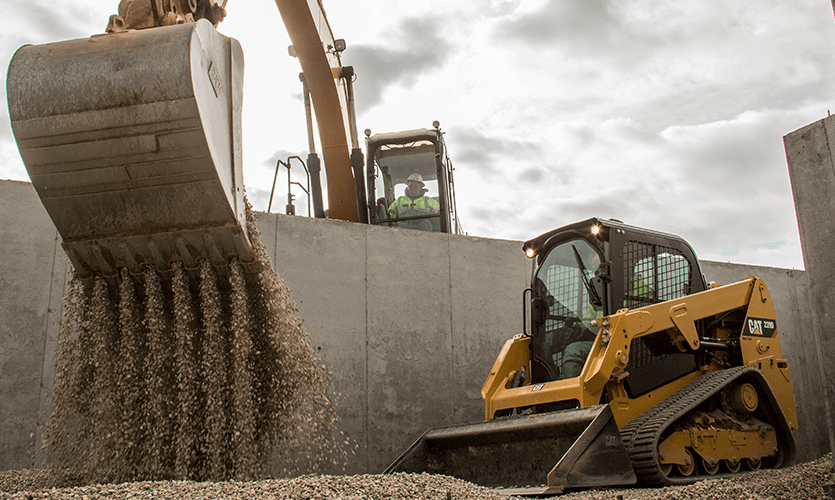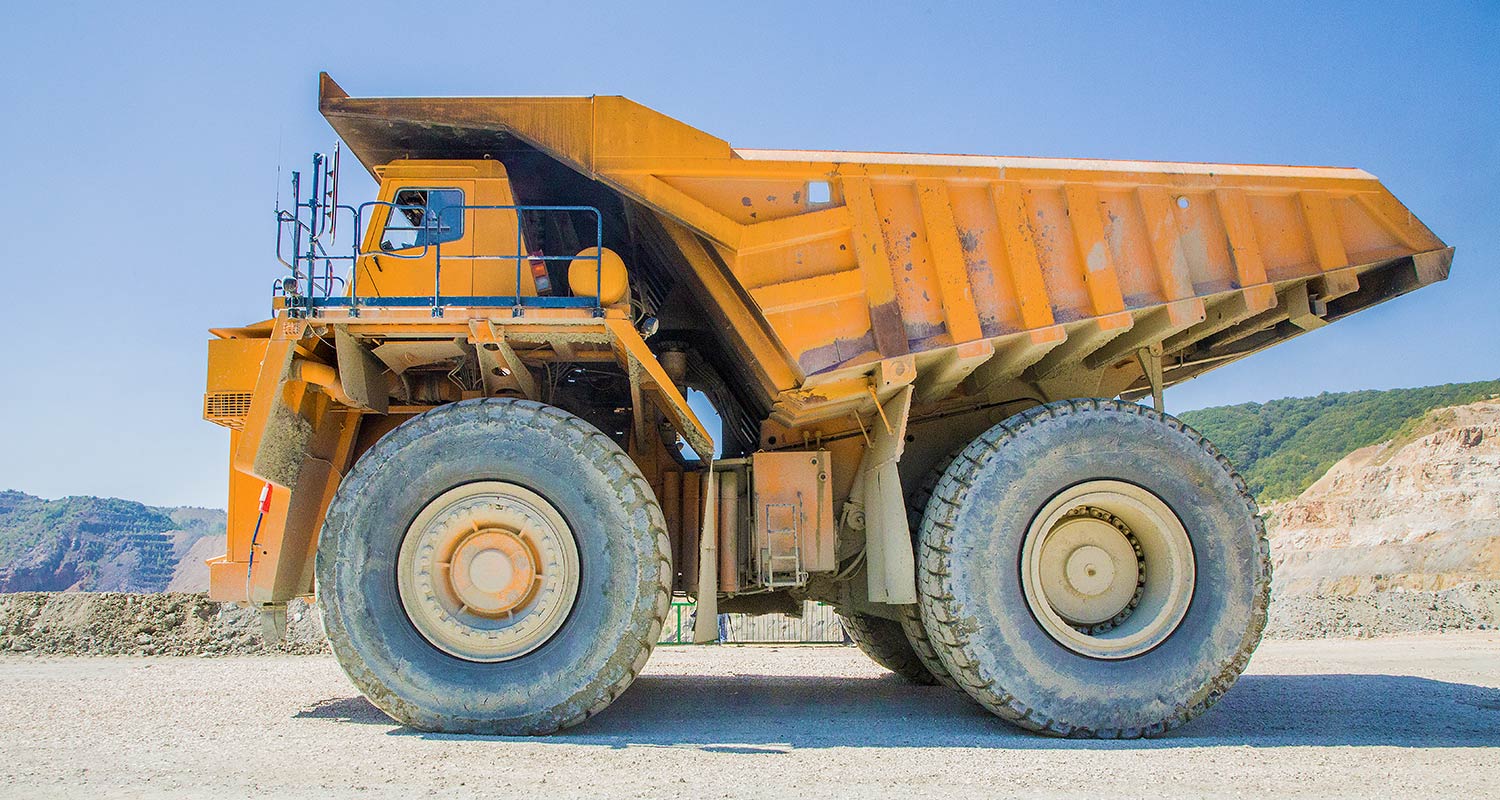Check Out Nearby Dozer Rental Choices and Heavy Equipment Rental Solutions
Check Out Nearby Dozer Rental Choices and Heavy Equipment Rental Solutions
Blog Article
Elements to Examine When Leasing Building Devices for Cost-Effective Operations
When considering the leasing of building tools for cost-effective procedures, various factors come right into play that can dramatically influence the overall job expenditure. Evaluating tools specs, rental terms, upkeep prices, job duration, and performing a detailed expense evaluation are important steps in making sure optimum financial efficiency and functional success.
Equipment Specs

Efficiency is important for optimizing productivity and keeping prices in check. Devices that is effective not only completes tasks in a timely way but also eats sources deliberately. Elements such as fuel consumption, running rate, and technology combination contribute to tools effectiveness. By focusing on capability, resilience, and effectiveness in devices specifications, building task supervisors can boost functional efficiency and ultimately achieve successful job results.
Rental Terms
To make certain a clear understanding of the terms included in renting building tools, it is important for job managers to meticulously examine and discuss the rental contract (heavy equipment rental). Rental terms incorporate different facets that can substantially affect the total expense and effectiveness of a building and construction job. Secret aspects to take into consideration include the rental duration, rates structure, payment terms, maintenance duties, insurance policy coverage, and provisions for tools failures or breakdowns
When evaluating the rental arrangement, task managers must pay attention to the period of the rental period. Comprehending whether the rental costs are based upon a hourly, day-to-day, regular, or regular monthly rate is important for budgeting and scheduling functions. Additionally, clarifying the repayment terms, such as upfront prices, protection deposits, and fines for late settlements, can help avoid unexpected financial worries.
Clearly describing that is accountable for routine maintenance, repairs, and maintenance can make sure that the equipment continues to be in optimum condition throughout the rental period. By meticulously analyzing and bargaining the rental terms, project managers can protect cost-efficient equipment rentals that satisfy their task requirements.
Maintenance Expenses

When assessing upkeep costs, consider aspects such as regular maintenance, replacement of parts, and emergency fixings. Some rental companies use upkeep packages that cover these expenses, while others may need occupants to birth blog here the full maintenance costs. Computing the total price of ownership, including maintenance, supplies a more precise image of the rental's monetary influence. By budgeting for maintenance expenses in advance and adhering to advised servicing schedules, tenants can mitigate unpredicted expenditures and make best use of the efficiency of the rented out construction equipment.
Task Period
Effective project period monitoring is indispensable to enhancing the usage of rented building and construction devices and ensuring timely conclusion of jobs. When leasing building and construction devices, thinking about the project period is important for cost-effective procedures. A clear understanding of the project timeline permits for much Continue better planning and use of equipment, making certain that the right tools are readily available for the needed period without incurring unnecessary expenses. Matching the rental duration to the job's approximated duration aids in preventing any kind of prospective late costs or service charges that might occur from going beyond the agreed-upon rental timeframe. Effective task duration administration makes it possible for construction groups to simplify their operations, improve performance, and meet job deadlines properly. By aligning the rental period with the task schedule, building firms can make the most of making use of tools, minimize downtime, and inevitably achieve expense financial savings on their projects. Evaluating and precisely estimating the job duration is an essential aspect in leasing building and construction tools for optimum cost-effectiveness.
Expense Analysis
Straightening the job duration with a thorough expense analysis is essential in maximizing the monetary efficiency of renting out building tools. Carrying out an extensive cost evaluation involves even more than just contrasting rental prices. It requires evaluating added expenses such as transport, maintenance, insurance, and possible downtime expenses. By taking into consideration these aspects, you can make informed choices that add to overall cost-effectiveness.
One vital element of cost analysis is understanding your job's specific tools needs. Renting equipment that is either underutilized or overused can cause unneeded expenditures. Assessing the project requirements and choosing the ideal kind and amount of tools can help reduce expenses while making certain functional efficiency.
Additionally, comparing the costs of leasing versus getting equipment is important. While leasing might appear affordable for short-term tasks or specific tools, purchasing may be much more cost-effective for lasting or regularly used equipment. By weighing the advantages and disadvantages of both alternatives, you can make critical selections that straighten with your spending plan and task objectives.
Final Thought
To conclude, assessing factors such as equipment requirements, rental terms, upkeep expenses, project duration, and cost evaluation is crucial redirected here when renting out building and construction tools for cost-efficient procedures. By thoroughly considering these factors, construction firms can ensure they are obtaining the many worth out of their devices leasings and eventually save cash on their tasks. It is crucial to prioritize cost-effectiveness and efficiency in all facets of building and construction operations.
Reviewing tools specs, rental terms, upkeep expenses, project period, and performing a thorough price evaluation are important steps in making certain ideal monetary effectiveness and operational success. By focusing on performance, durability, and performance in tools specs, building task supervisors can boost functional effectiveness and ultimately achieve successful task results.

By lining up the rental duration with the project timetable, building and construction business can optimize the usage of equipment, minimize downtime, and inevitably achieve price financial savings on their jobs.In verdict, examining aspects such as devices requirements, rental terms, upkeep expenses, job duration, and expense analysis is important when leasing building and construction equipment for cost-effective operations.
Report this page